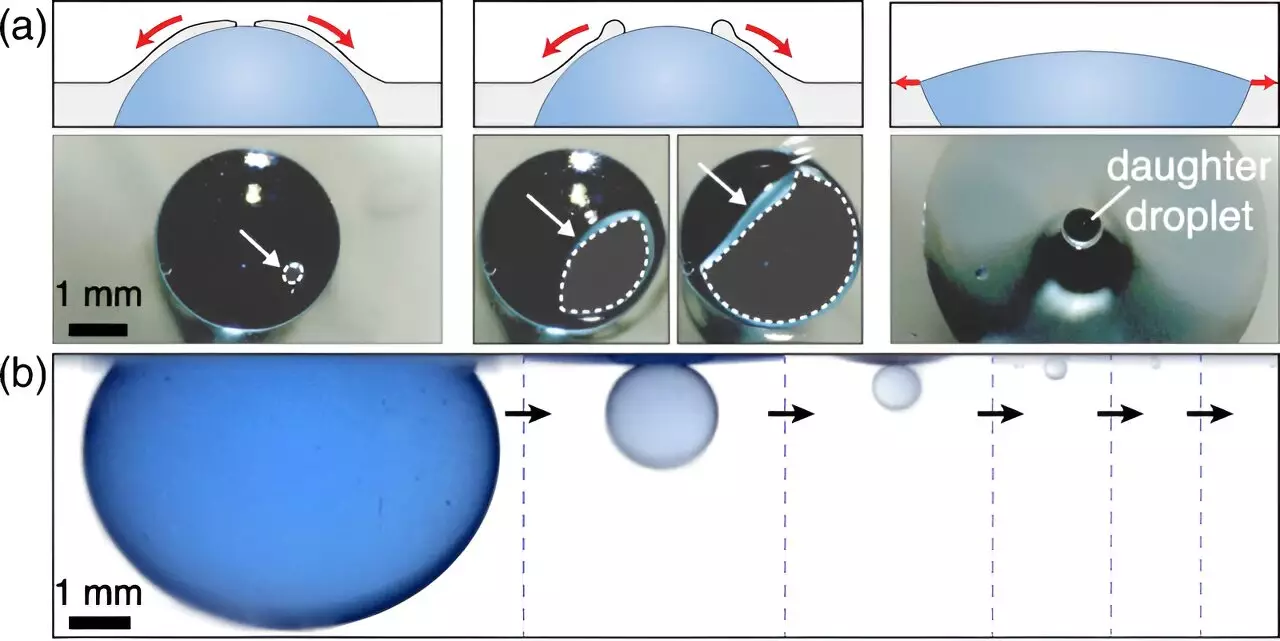The University of Illinois Chicago has released groundbreaking research revealing a hidden aspect of the impact of underwater oil spills. The traditional belief that oil spills result in a surface slick may not tell the whole story. Instead, oil droplets break apart underwater, forming smaller droplets that remain suspended in the water.
A team of researchers led by Sushant Anand delved into the mechanics of oil droplet dispersal and made a startling discovery. When oil droplets reach the water’s surface, they do not immediately form a slick as previously thought. Instead, they remain partially submerged for a period. As the thin film covering the exposed part of the droplet breaks, that part spreads across the surface, forming a film. However, the submerged part breaks off into smaller “daughter” droplets, perpetuating the dispersal process.
The implications of this research are significant for oil spill cleanups. It challenges the conventional approach of focusing solely on the surface slick. The findings suggest that some oil remains permanently underwater, posing a threat to marine ecosystems. Understanding the mechanics of oil dispersal is essential for developing effective cleanup strategies, especially in the case of underwater spills.
Increasing the viscosity of the water emerges as a potential solution to keeping oil droplets intact and facilitating cleanup. By ensuring the entire droplet goes into the surface slick, the cleanup process becomes more manageable. An innovative approach suggested by Anand involves the addition of a biodegradable, water-soluble compound at the spill site to increase water viscosity and prevent the formation of daughter droplets.
The impact of oil droplet dispersal is not limited to underwater spills in the ocean. Pipelines running under lakes and rivers can also experience similar mechanisms. Ship oil spills, which force oil underwater before it resurfaces, exhibit the same dispersal pattern. Anand emphasizes the need for further research to understand how these tiny droplets affect underwater species.
The research conducted by the UIC team sheds light on a previously unknown pathway of oil dispersal that has far-reaching implications for environmental cleanup efforts. Oil companies and policymakers must consider integrating this new information into spill prediction models and cleanup strategies. By understanding the complex mechanics of oil droplet dispersal, we can better protect our oceans and marine life from the devastating impact of oil pollution.


Leave a Reply